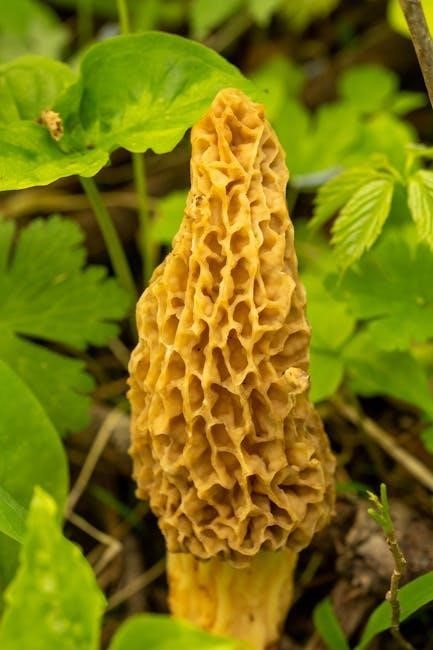
Embark on a journey into the wild with our Minnesota Foraging Guide! Discover the bounty of nature’s edible treasures across the state’s diverse landscapes․ From identifying wild plums to recognizing fiddlehead ferns‚ learn to safely harvest and enjoy Minnesota’s wild edibles․
Minnesota‚ with its rich tapestry of forests‚ prairies‚ and wetlands‚ offers a forager’s paradise․ This guide introduces you to the exciting world of wild edibles found throughout the state․ Foraging in Minnesota is more than just gathering food; it’s about connecting with nature‚ understanding local ecosystems‚ and appreciating the abundance that surrounds us․ This practice‚ deeply rooted in history‚ allows us to sustainably harvest wild plants for nourishment and enjoyment․
However‚ responsible foraging requires knowledge‚ caution‚ and respect for the environment․ Before venturing out‚ it’s crucial to learn about plant identification‚ ethical harvesting practices‚ and potential hazards․ Minnesota’s native edible plants‚ such as wild plum and fiddlehead ferns‚ are integral to the state’s biodiversity and offer unique culinary experiences․ This guide will equip you with the essential information to embark on your foraging adventures safely and responsibly‚ fostering a deeper connection with Minnesota’s natural wonders․
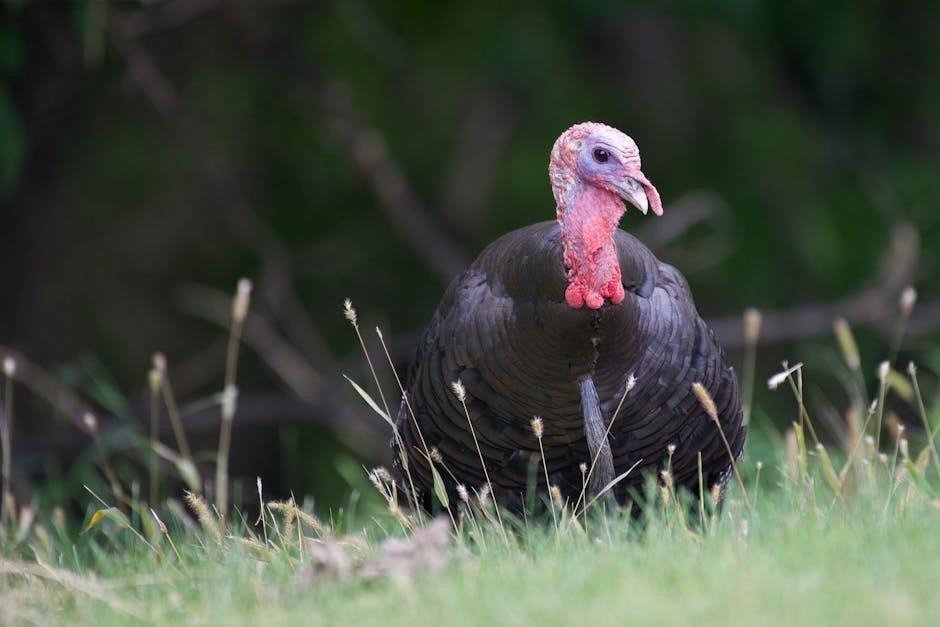
Essential Foraging Safety Tips
Safety is paramount when foraging․ Correct plant identification is critical‚ avoiding contaminated areas is essential‚ and respecting property and regulations is a must․ Knowledge and caution ensure a safe and sustainable foraging experience in Minnesota’s diverse landscapes․
Positive Plant Identification is Crucial
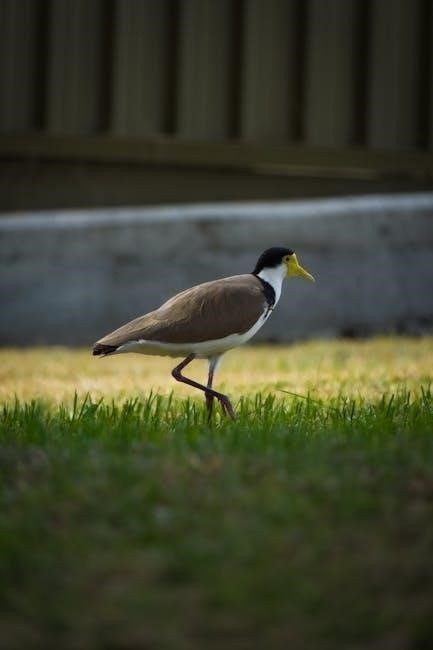
When foraging in Minnesota‚ positive plant identification is crucial for your safety and well-being․ Mistaking an edible plant for a toxic look-alike can lead to serious health consequences․ Always be 100% certain of your identification before consuming any wild plant․ Utilize multiple resources‚ including field guides‚ expert advice‚ and online databases‚ to confirm your findings․
Pay close attention to key characteristics such as leaf shape‚ stem structure‚ flower color‚ and overall plant morphology․ Compare your specimen to detailed descriptions and illustrations․ If possible‚ consult with experienced foragers or botanists for verification․ Remember‚ when in doubt‚ throw it out! Never consume a plant if you have any uncertainty about its identity․
Consider attending local plant identification walks or workshops to enhance your knowledge․ These events provide hands-on learning opportunities and allow you to learn from experts in the field․ With careful observation and a commitment to accurate identification‚ you can confidently enjoy the benefits of foraging while minimizing the risk of accidental poisoning․
Avoiding Contaminated Areas
When foraging in Minnesota‚ it’s essential to prioritize your safety by avoiding contaminated areas․ Plants growing in polluted environments can absorb harmful substances‚ rendering them unsafe for consumption․ Steer clear of areas near roadsides‚ industrial sites‚ and agricultural fields where pesticides or herbicides may have been used․ These chemicals can persist in the soil and be taken up by plants‚ posing a risk to your health․
Be cautious of areas with a history of heavy metal contamination‚ such as old mining sites․ Heavy metals like lead and mercury can accumulate in plants‚ making them toxic․ Avoid foraging near landfills‚ waste disposal sites‚ and areas with visible signs of pollution․ Choose foraging locations that are far from potential sources of contamination and have clean‚ healthy soil․
Consider the proximity of water sources as well․ Plants growing near contaminated water can absorb pollutants‚ so avoid foraging along polluted rivers‚ streams‚ or lakes․ By taking these precautions and carefully selecting your foraging locations‚ you can minimize the risk of consuming contaminated plants and ensure a safe and enjoyable foraging experience․
Respecting Private Property and Regulations
Before embarking on any foraging expedition in Minnesota‚ it’s crucial to respect private property and regulations․ Always obtain permission from landowners before foraging on private land․ Trespassing is illegal and unethical‚ and respecting property rights is essential for maintaining positive relationships with landowners․ Even if land appears unused‚ it may still be privately owned‚ so always err on the side of caution and seek permission․
In addition to respecting private property‚ be aware of and adhere to all local‚ state‚ and federal regulations regarding foraging․ Some areas may have restrictions on the types or quantities of plants that can be harvested‚ or may prohibit foraging altogether․ Check with the Minnesota Department of Natural Resources or local authorities to understand the regulations in your chosen foraging location․ Ignoring these regulations can result in fines or other penalties․
Furthermore‚ practice responsible foraging by only taking what you need and leaving enough for the plants to regenerate and for wildlife to thrive․ Avoid overharvesting‚ which can deplete plant populations and disrupt ecosystems․ By respecting private property and regulations‚ you can ensure that foraging remains a sustainable and enjoyable activity for everyone․
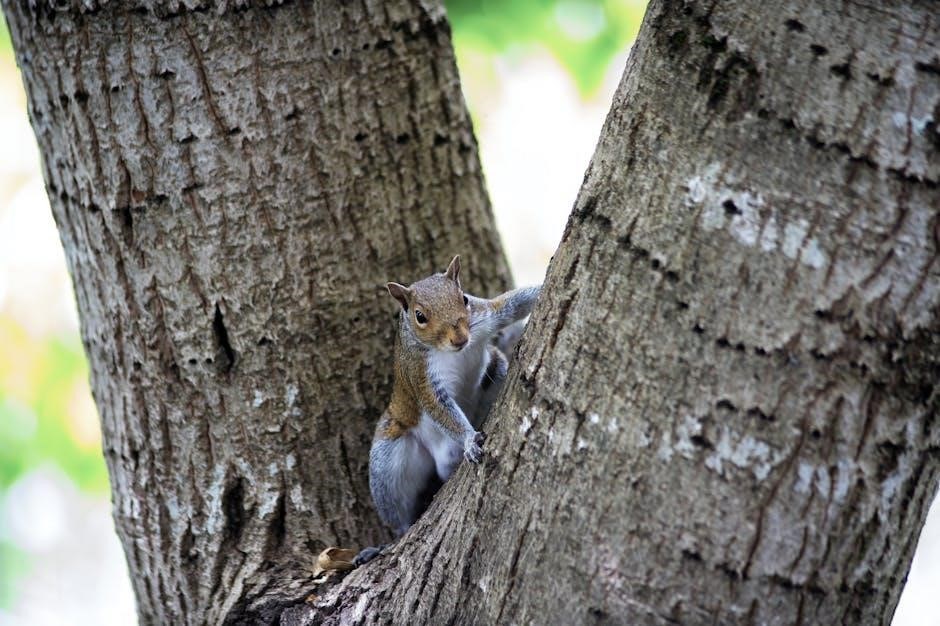
Key Minnesota Edible Plants
Discover Minnesota’s edible treasures! Learn to identify key plants like Wild Plum (Prunus americana) and Fiddlehead Ferns (Matteuccia struthiopteris)․ Explore Cattail (Typha latifolia)‚ Wood Sorrel (Oxalis)‚ Garlic Mustard‚ and Chickweed for a forager’s feast․
Wild Plum (Prunus americana)
The Wild Plum (Prunus americana)‚ a native edible plant in Minnesota‚ offers a delightful foraging experience․ These plums are integral to Minnesota’s natural landscape‚ providing both sustenance and beauty․ Identifying Wild Plum involves observing its white flowers in spring and its small‚ reddish-purple fruits in late summer․
Wild plum trees are typically found in thickets and along woodland edges․ They are easily identified by their thorny branches and oval-shaped leaves․ The plums themselves are tart‚ but they can be used to make jams‚ jellies‚ and sauces․
When foraging for Wild Plum‚ ensure positive identification to avoid confusion with other similar-looking trees․ Be mindful of private property and local regulations․ The sweet and tangy flavor of Wild Plum adds a unique touch to culinary creations․ It is best to harvest them when they are fully ripe and easily come off the branch․
Enjoy the taste of Minnesota’s Wild Plum‚ a true gift from nature․
Fiddlehead Ferns (Matteuccia struthiopteris)
Fiddlehead ferns‚ specifically Matteuccia struthiopteris (ostrich fern)‚ are a cherished spring delicacy for Minnesota foragers․ These tightly coiled fronds emerge in early spring and are identifiable by their smooth‚ green stalks and papery brown scales․ They are a native edible plant in Minnesota and offer a unique flavor․
Foraging for fiddleheads requires caution‚ as only ostrich ferns are considered safe to eat․ Look for them in moist‚ shady areas along rivers and streams․ Fiddleheads should be harvested when they are still tightly coiled and no more than a few inches tall․ Ensure you leave plenty of ferns behind to allow the plant to regenerate․
Before consuming‚ fiddleheads must be thoroughly cooked by boiling or steaming to remove any toxins․ They have a distinct‚ slightly grassy flavor and can be used in a variety of dishes․ Positive identification is crucial to avoid consuming poisonous ferns․
Enjoy the spring harvest with this unique treat from Minnesota’s woodlands but always exercise caution and respect for the environment when foraging․
Cattail (Typha latifolia‚ Typha angustifolia) Identification
Cattails (Typha latifolia and Typha angustifolia) are versatile and abundant edible plants found in Minnesota wetlands․ Correct identification is crucial before consumption․ Look for their long‚ slender stalks that can reach up to 10 feet tall‚ topped with a distinctive brown‚ cylindrical flower spike․
The plant has elongated green flowers‚ which turn brown as they mature․ Cattails typically grow in marshy areas and along the edges of ponds and lakes․ They are easily identifiable‚ but confirming the plant’s features is essential to avoid confusion with similar-looking‚ potentially harmful species․
All parts of the cattail are edible at different times of the year․ In spring‚ the young shoots can be peeled and eaten raw or cooked․ Later‚ the green flower spikes can be boiled and eaten like corn on the cob․ The roots are also edible and can be processed into flour․
When harvesting‚ be mindful of the environment and avoid disturbing the surrounding ecosystem․ Ensure the area is free from pollution before collecting cattails for consumption․ Enjoy exploring this gift in nature!
Wood Sorrel (Oxalis)
Wood sorrel (Oxalis) is a common and easily identifiable edible plant in Minnesota‚ known for its bright green‚ clover-like leaves and a distinct lemony flavor․ This plant is found in wooded areas‚ along trails‚ and even in some gardens‚ offering a tangy treat for foragers․
The leaves of wood sorrel are heart-shaped and typically grow in clusters of three‚ resembling clover‚ but with a more delicate appearance․ The plant also produces small‚ delicate flowers that can be white‚ pink‚ or yellow‚ depending on the species․ The entire plant‚ including the leaves‚ stems‚ and flowers‚ is edible․
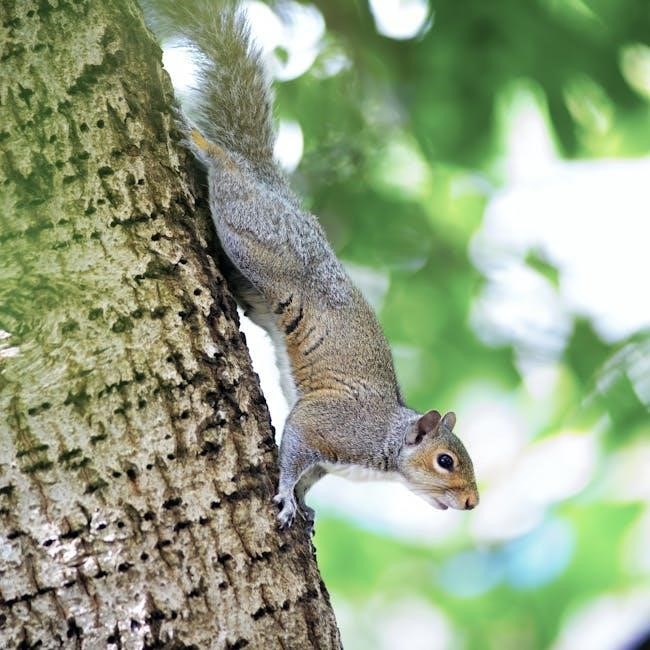
Wood sorrel’s lemony taste makes it a refreshing addition to salads‚ soups‚ and other dishes․ It can also be used as a garnish or eaten as a snack while hiking; However‚ it’s important to consume wood sorrel in moderation due to its oxalic acid content‚ which can interfere with calcium absorption if eaten in large quantities․
Always positively identify wood sorrel before consumption‚ and avoid harvesting from areas that may be contaminated with pesticides or herbicides․ Embrace the zesty flavor of wood sorrel!
Garlic Mustard (Alliaria petiolata)
Garlic mustard (Alliaria petiolata) is a common‚ yet controversial‚ edible plant in Minnesota․ While it’s considered an invasive species‚ it is also a readily available food source for foragers․ This plant is identifiable by its distinct garlic-like odor and flavor‚ especially when the leaves are crushed․
In its first year‚ garlic mustard appears as a rosette of rounded‚ kidney-shaped leaves with scalloped edges․ In its second year‚ it grows a tall stalk with triangular‚ toothed leaves and clusters of small‚ white‚ four-petaled flowers․ The entire plant‚ including the leaves‚ stems‚ flowers‚ and seeds‚ is edible‚ though the flavor can vary depending on the season and the plant’s age․
Garlic mustard can be used in a variety of culinary applications․ The leaves can be added to salads‚ pesto‚ or sautéed with other vegetables․ The flowers can be used as a garnish‚ and the seeds can be ground and used as a spice․ Harvesting garlic mustard can also help control its spread‚ making foraging a beneficial activity for the environment․
Ensure proper identification‚ and harvest responsibly to help manage this invasive species․
Chickweed (Stellaria media)
Chickweed (Stellaria media) is a common and easily identifiable edible plant found throughout Minnesota․ This low-growing annual thrives in disturbed soils and gardens‚ making it a readily accessible forageable green․ Chickweed is characterized by its small‚ oval-shaped leaves that grow in opposite pairs along delicate‚ sprawling stems․ A distinctive feature is a single line of hairs running along the stem‚ which switches sides at each node․
The plant produces tiny‚ white‚ star-shaped flowers‚ giving it the name “stellaria‚” derived from the Latin word for star․ All parts of chickweed are edible‚ including the leaves‚ stems‚ and flowers․ It has a mild‚ slightly grassy flavor‚ making it a versatile addition to salads‚ sandwiches‚ and other dishes․ Chickweed is also known for its nutritional benefits‚ being a good source of vitamins and minerals․
When foraging for chickweed‚ be sure to harvest from areas free of pesticides and herbicides․ Due to its small size‚ it is best to harvest chickweed in clumps‚ cutting the stems above the roots to allow for regrowth․ Its delicate texture and mild flavor make it a delightful and nutritious wild edible․
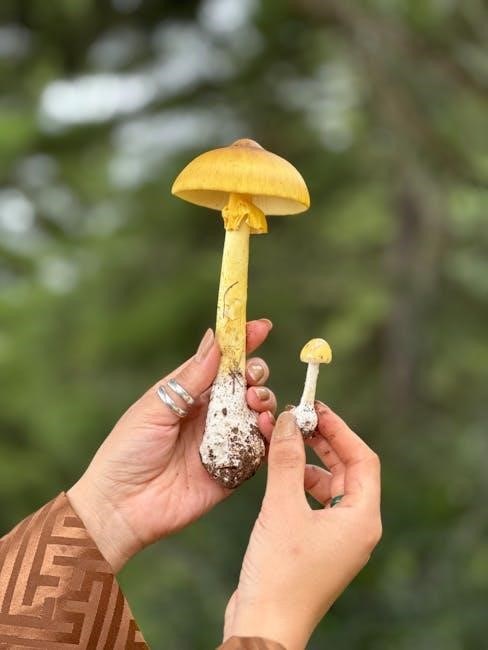
Edible Wildflowers in Minnesota
Minnesota’s meadows and woodlands are adorned with a vibrant array of wildflowers‚ many of which offer edible delights for the adventurous forager․ These floral treasures not only enhance the beauty of the landscape but also provide unique flavors and nutritional benefits․ However‚ it is crucial to exercise caution and possess accurate identification skills before consuming any wild plant‚ as some wildflowers can be toxic․
While specific edible wildflower species are not detailed in the provided snippets‚ understanding the importance of positive identification is paramount․ Resources like field guides and expert knowledge are essential for distinguishing edible varieties from their poisonous look-alikes․ Foraging for edible wildflowers requires a deep respect for the environment and a commitment to sustainable harvesting practices․
As you explore the possibilities of edible wildflowers in Minnesota‚ remember to prioritize safety and responsible foraging․ Research thoroughly‚ seek guidance from experienced foragers‚ and always double-check your identification before consuming any wild plant․ With knowledge and care‚ you can safely enjoy the unique flavors and beauty of Minnesota’s edible wildflowers․
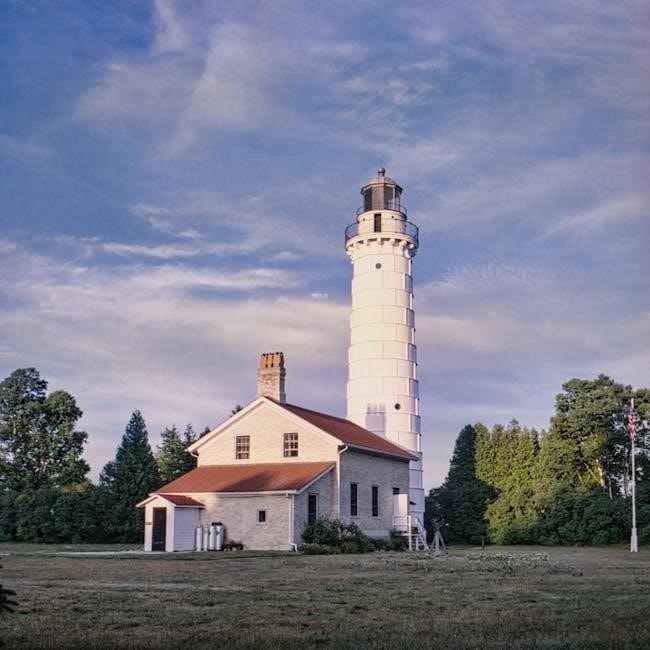
Edible Mushrooms in Minnesota
Minnesota’s forests offer a variety of edible mushrooms‚ with Morels being highly sought after․ However‚ accurate identification is crucial due to the presence of poisonous look-alikes․ Foraging requires caution and expert knowledge to ensure safety and responsible harvesting․
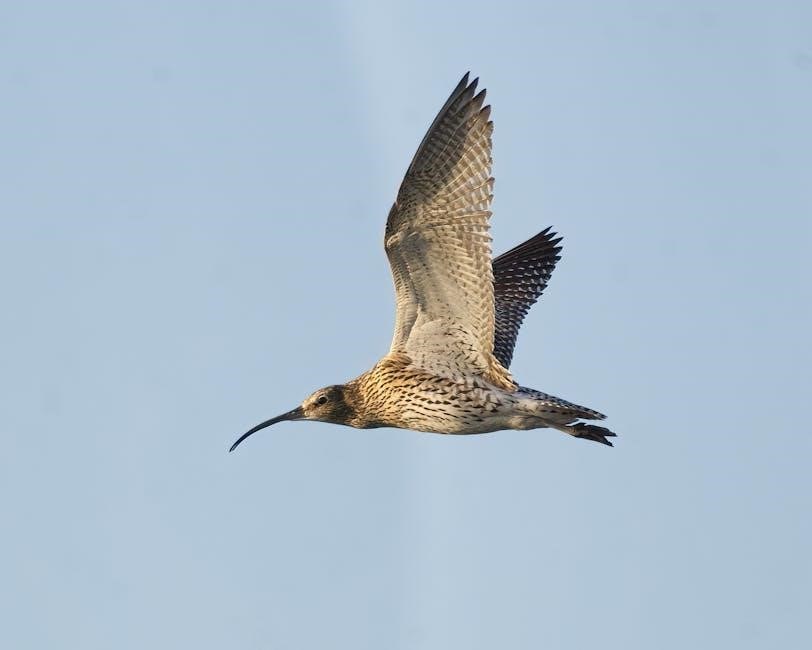
Morel Mushrooms Identification
Morel mushrooms‚ prized for their unique flavor and texture‚ are a springtime delicacy in Minnesota․ Identifying Morels correctly is paramount‚ as consuming poisonous look-alikes can have severe consequences․ These mushrooms typically emerge after adequate rainfall‚ making spring the ideal time for hunting․
Key characteristics of Morels include their honeycomb-like caps‚ which are attached directly to the stem․ The cap’s color can range from light tan to dark brown․ It’s crucial to slice the mushroom lengthwise to ensure it is hollow inside‚ a defining trait of true Morels․ False Morels often have cotton-like fillings or caps that hang freely․
Morels are often found near elm‚ ash‚ and apple trees‚ as well as in disturbed areas like previously burned forests․ Always double-check your finds with a reliable field guide or expert to confirm identification before consumption․ Responsible foraging practices also include harvesting sustainably to preserve future growth․
Remember‚ when in doubt‚ throw it out․ Your safety is the priority when foraging for wild mushrooms․ Enjoy the thrill of the hunt‚ but prioritize accurate identification to ensure a safe and delicious experience․
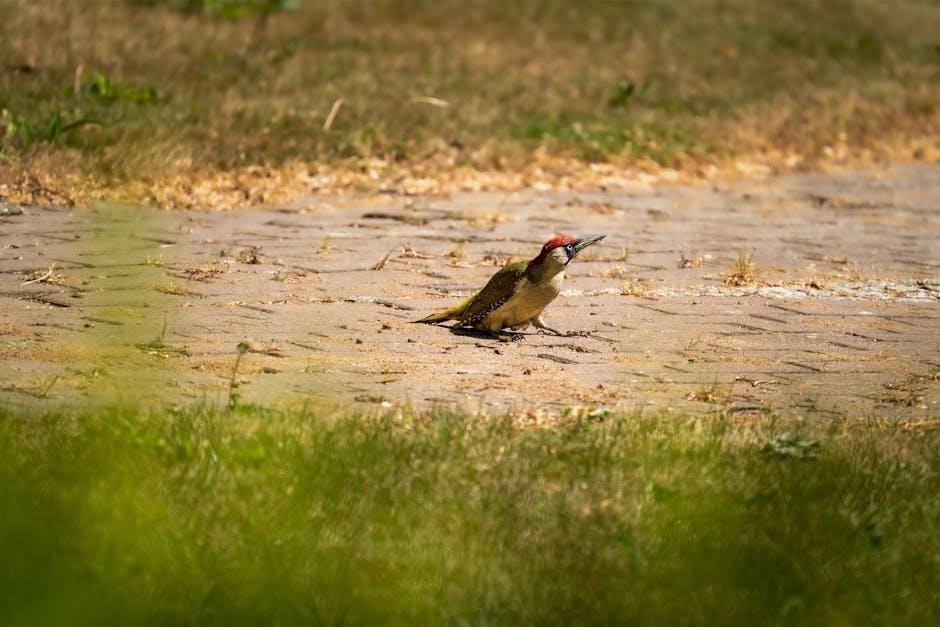
Resources for Plant Identification
Accurate plant identification is crucial for safe foraging․ Utilize field guides‚ university extensions‚ and local plant walks to enhance your knowledge․ These resources provide valuable insights into distinguishing edible plants from their toxic counterparts․
Field Guides for Minnesota Foraging
Navigating the world of wild edibles requires reliable resources‚ and field guides are indispensable tools for any Minnesota forager․ These guides offer detailed descriptions‚ vibrant photographs‚ and clear illustrations to aid in accurate plant identification; Look for guides specifically tailored to the flora of Minnesota and the Upper Midwest to ensure relevance and accuracy․
Popular choices include “Edible and Medicinal Wild Plants of Minnesota and Wisconsin” by Matthew Alfs and “Field Guide to Edible Wild Plants” by Bradford Angier․ These guides often include information on plant habitats‚ seasonal availability‚ and potential look-alikes‚ helping you avoid dangerous misidentifications․ Before heading out‚ familiarize yourself with the guide’s layout and terminology․ Pay close attention to identifying features such as leaf shape‚ flower color‚ and stem structure․
Remember to cross-reference information from multiple sources to confirm your identifications․ While field guides are valuable‚ they should be used in conjunction with other resources‚ such as expert consultations and online databases‚ to ensure the safety of your foraging endeavors․ A well-chosen field guide is a forager’s best friend․
University of Minnesota Extension Services
The University of Minnesota Extension Services offer a wealth of knowledge and resources for aspiring foragers in the state․ They provide educational programs‚ workshops‚ and online materials designed to enhance your understanding of local flora and sustainable harvesting practices․ These resources are invaluable for learning about plant identification‚ edible plant properties‚ and potential hazards associated with foraging․
The Extension Services often host workshops led by experts in botany and horticulture‚ covering topics such as foraging ethics‚ plant conservation‚ and safe preparation methods for wild edibles․ Their website features informative articles‚ fact sheets‚ and videos that can help you identify common edible plants and their toxic look-alikes․ You can also find information on local regulations and guidelines related to foraging on public lands․
Additionally‚ the University of Minnesota Extension Services can connect you with local experts and resources in your community․ Whether you’re a beginner or an experienced forager‚ their programs offer opportunities to expand your knowledge‚ refine your skills‚ and contribute to the responsible stewardship of Minnesota’s natural resources․ Take advantage of these resources to enhance your foraging journey․
Local Plant Identification Walks
Participating in local plant identification walks is an excellent way to gain hands-on experience and learn from knowledgeable guides in Minnesota․ These walks offer a unique opportunity to observe plants in their natural habitats and receive expert guidance on identifying edible species and avoiding poisonous ones․ Often led by experienced foragers or botanists‚ these walks provide a safe and informative introduction to the world of foraging․
During a plant identification walk‚ you’ll learn to distinguish between different plant families‚ recognize key characteristics‚ and understand the ecological context of each species․ The guides will share tips on identifying edible plants at different stages of growth‚ highlighting important features that set them apart from toxic look-alikes․ You’ll also learn about sustainable harvesting practices and the importance of respecting the environment․
These walks often take place in various locations throughout Minnesota‚ including state parks‚ nature reserves‚ and community gardens․ Some organizations and local experts‚ like University of Minnesota Horticulture Science Assistant‚ host regular walks‚ providing ongoing opportunities to learn and connect with fellow foraging enthusiasts․ Check community centers and local nature organizations for upcoming plant identification walks in your area and embark on an exciting learning adventure․

